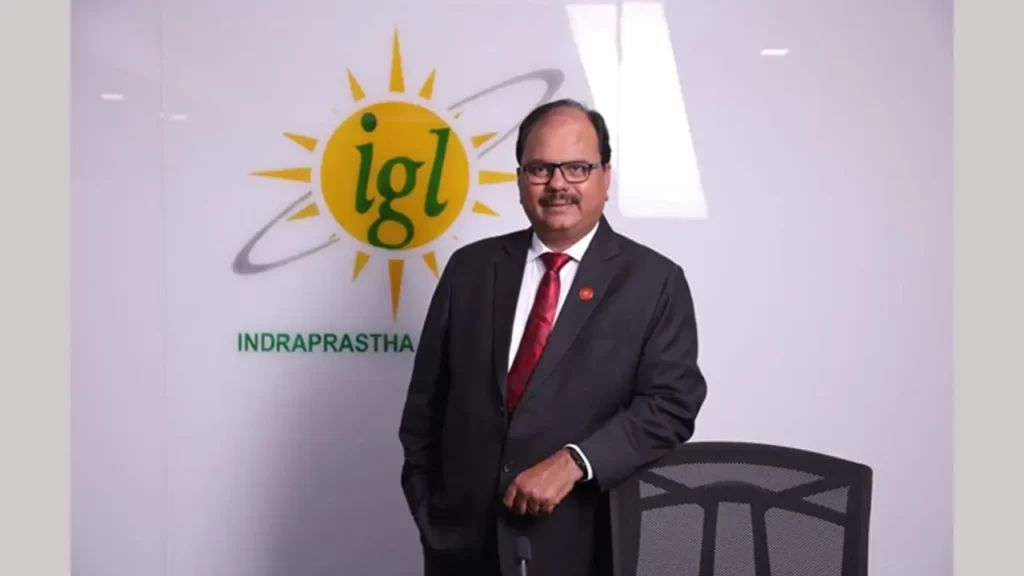ES Ranganathan – India’s Strategy for Balancing Industrial Growth with Sustainability
India, known for its diversity, has emerged as a nation of immense potential. Its rapid economic expansion and growing population have thrust it onto the global stage as a significant player in the 21st century. However, alongside this growth comes a concerning increase in carbon emissions, a challenge that India is addressing through an innovative approach to decarbonization.
As a developing country with aspirations of becoming a major economic force, India faces a critical juncture. The balancing act between industry and sustainability has become central to India’s decarbonization efforts, garnering attention worldwide.
ES Ranganathan, a prominent figure in India’s energy sector, emphasizes the transformation occurring in key sectors like iron and steel. “The iron and steel industry, which has historically produced large emissions, is currently adopting greener techniques,” he says. The Ministry of Steel has devised a comprehensive plan involving multiple stakeholders to address greenhouse gas emissions. ES Ranganathan also points out the importance of the 2019 Steel Scrap Recycling Policy in reducing coal usage and enhancing the sector’s sustainability.
India’s crude steel production is expected to soar to 435 million tonnes by 2050, a substantial increase from 2021’s 118 million tonnes. Currently, the steel sector contributes approximately 11 percent of the nation’s total emissions.
In transportation, the Ministry of Road and Transport plays a crucial role in decarbonization. ES Ranganathan highlights efforts to expand public transportation, particularly Metro Rail projects in major cities, as effective measures to reduce pollution and congestion. Government subsidies for electric vehicles further accelerate the shift towards cleaner transportation options.
Road transport currently accounts for 12 percent of India’s energy-related CO2 emissions, posing significant environmental challenges. Without substantial policy changes, energy consumption and CO2 emissions from road transport could double by 2050. However, ambitious measures could potentially lead to a 30 percent decrease in energy consumption and a 60 percent reduction in CO2 emissions by 2050, aligning with India’s goal of achieving net-zero emissions by 2070.
The Ministry of Railways is also contributing to decarbonization efforts by aiming for zero-emission public transportation by 2030. Electrification initiatives reduce the railway’s reliance on coal, improving efficiency and sustainability.
Indian Railways, one of the world’s largest networks, consumes vast amounts of electricity, contributing approximately 4 percent of the country’s carbon emissions. However, improvements in logistical infrastructure have reduced travel times and emissions, fostering a more conducive business environment.
India’s focus on afforestation and agroforestry has proven economically viable while reducing greenhouse gas emissions. Efforts to address stubble burning through ethanol production from agricultural residues further mitigate pollution and support farmers.
India’s multifaceted approach to decarbonization positions it as a global leader in environmental sustainability. Achieving net-zero emissions by 2070 entails overcoming various challenges and requires collaboration between government ministries, industry leaders, and the public.
Investments in cleaner energy sources, sustainable practices, and job creation demonstrate India’s commitment to a more sustainable future. Balancing industry and sustainability is crucial for fostering a better future for all.
